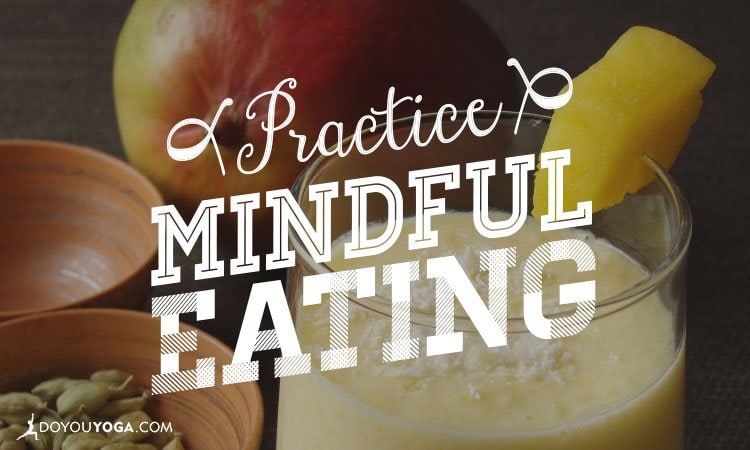Hello readers, your journey towards transformation starts here. Mindful eating is a practice that directs us to pay attention to our foods with each bite. With busy lives and constant distractions, food for a healthy brain is an excellent approach to eating. Moreover, it allows people to take the time to appreciate their meals.
This practice makes eating more attractive. It also adds to the quality of life and well-being of an individual. Being mindful during meals can help reduce the negative perception of food. Make healthier choices that will benefit both the body and the mind.
1. Explanation of Mindful Eating and Its Benefits
Mindful eating emphasizes the idea of eating with full attention and concentration. This encompasses how food for a healthy brain taste and feels in the mouth, appreciating the smell, as well as distinguishing hunger and satiation. The principles of mindful eating include awareness, presence, and non-judgment. This aims to make the eating process more purposeful.
In terms of physical health, mindful eating has the following benefits. It can help with digestion since people will not gobble their food down without thinking about it. Furthermore, it encourages proper dieting because users are able to tell the difference between actual hunger and satiety. It also helps one maintain a healthy diet as one is more aware of the nutritional content and quality of foods they take.
On the psychological side, mindful eating explains the degree of influence it has on an individual’s mental health. It can also help to decrease stress levels as it helps to clear the mind and concentrate on eating. Moreover, it is important to note that it reduces feelings of guilt and anxiety, which are most commonly linked to eating. Focusing on taste and texture instead of other things or feelings can help us have a better relationship with food. Being mindful while eating improves our connection with food. It makes meals more enjoyable by giving us time to enjoy the fantastic tastes and smells of food.
2. Tips for Practicing Mindful Eating in Daily Life
The following are some practical ways of practicing mindful eating in day-to-day life:
- Slow down and savor every bite for a more enjoyable eating experience.
- By chewing each bite of food slowly and savoring what is in our mouths, we are able to make the most of the meals we take.
- It is also important to pay attention to hunger and fullness cues.
- Try to assess yourself if you are really hungry for food or if there are other reasons why you are looking for food like you are bored or stressed.
Part of mindful eating is making sure you have a place where you can eat uninterrupted. Dining should be about the food, not the people you’re with or your phone. This helps your body handle signals better while you eat. One easy way to learn mindfulness is to be thankful for food. After you eat, think about how the food got to your table.
Understand how food looks, tastes, smells and feels. It helps you enjoy what you’re eating. Your nose should smell the food for a healthy brain, your eyes should see how the dishes are arranged, and your mouth should enjoy the taste. They help give food more meaning and enjoyment.
3. Overcoming Common Challenges
It’s hard to practice thoughtful eating because most people eat while they’re stressed or distracted. A big problem is people using food to deal with worry, boredom, and other feelings. Learn to deal with your mental setbacks in a better way by becoming aware of them. Discuss your thoughts with a friend over the phone, on a walk, or in a journal.
Another problem is eating on the go since most people eat without thinking. To avoid this, set regular mealtimes and make a place to eat, like the kitchen or the office. Take breaks and eat slowly, even if you’re busy.
Distractions from the surroundings, like watching TV, looking at social media, or talking on the phone while eating, also stop people from eating mindfully. Avoid these distractions by following the rule that gadgets should not be used during meals. If you can eat but become distracted, try switching to one meal a day that involves no distractions. Consciously mindful eating gets better over time.
4. Exercises to Enhance Mindful Eating Skills
The Raisin Exercise
Devoting attention to eating a single raisin. Take time to examine its appearance and smell, and, when chewing, take time to feel its texture. Savor the different tastes, sensations, and mouth feels with each bite and chew.
Mindful Breathing Before Meals
Before you start eating, give yourself a couple of minutes to relax and refocus. This is useful to reduce stress, divert attention from routine tasks and set the scene for mindful eating.
Body Scan
It is recommended to pay attention to how the body feels before a meal in order to determine whether it is hungry or full. This exercise enables one to be more in touch with their body. Therefore, be more productive when deciding what to eat and how much of it.
Regular Practice
To build up stronger mindful eating habits, engaging in these exercises frequently and over time will help here.
5. Resources for Learning More About Mindful Eating Practices
For those who want to learn more about mindful eating, the following can be used: Some helpful books are ‘Mindful Eating, ‘by Jan Chozen Bays and ‘Savor: ‘by Thich Nhat Hanh and Lilian Cheung. These books cover the theoretical and practical perspectives on mindful eating, making it possible for the reader to gain procedural insight into it.
You can also take online classes and go to workshops to learn more about cautious eating. Coursera and Udemy both have classes on eating and being mindful. A lot of wellness places in the area offer classes and workshops. Get personalized help from friends who share your interests.
Those who want to eat mindfully but are more prone to use their phones can use many applications. Popular apps like Headspace and Insight Timer offer mindfulness sessions and exercises during meals. These resources may be helpful for both beginners and those who want to improve their technique.
Conclusion
Therefore, eating with mindfulness is a solid way to change the way you eat and your health in general with thoughts on food for a healthy brain. This article discusses how mindful eating can lead to greater satisfaction, improved choices, and less stress during meals. Some valuable tips on how you can develop this skill include slow eating, elimination of distractions, and other mindful eating techniques.
Share your thoughts and suggest some easy techniques to follow in our daily lives.
When you start to practice mindful eating on a regular basis, for a long time you will witness positive changes in your health and fundamentally in your life.
Disclosure: Kindly note that some links included in the blog are affiliate links. You will not be paying extra costs for your purchase. We will be earning a commission for every purchase made. At this moment, we declare that all the products are used before recommending them. The commission earned here will go for the advancement of the site and to keep it ad-free.


